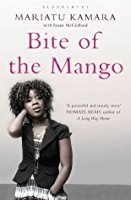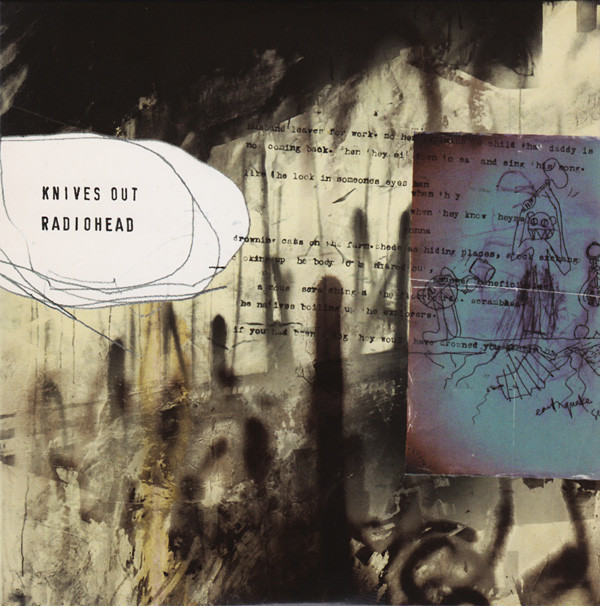Download links for: How the West Was Lost: Fifty Years of Economic Folly--and the Stark Choices Ahead


Reviews (see all)
Write review
A book with a very interesting premise, but which never really goes into enough depth.
A bit too much economics for me - not enough humanity...
548 - 2014
Other books by History & Biography
Other books by Dambisa Moyo
Related articles












